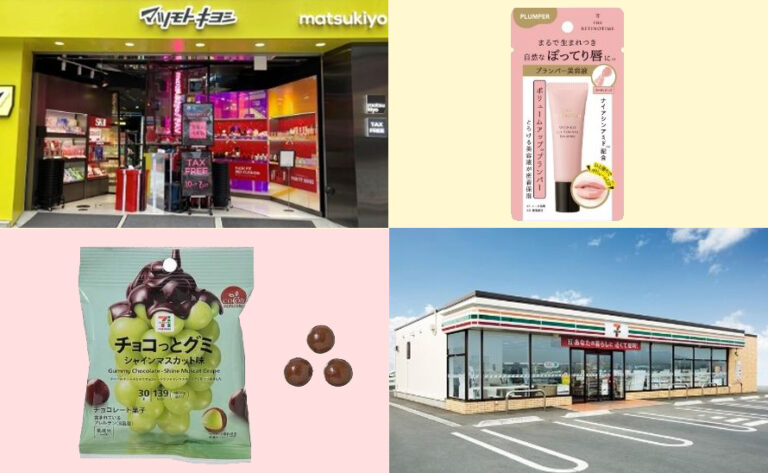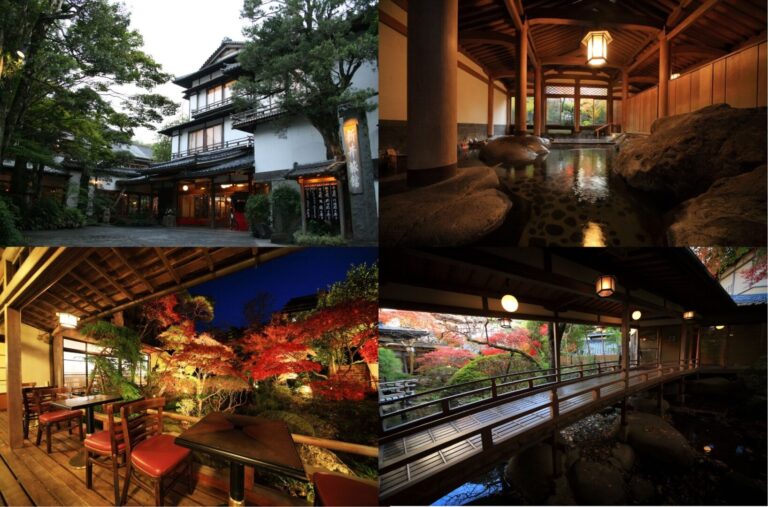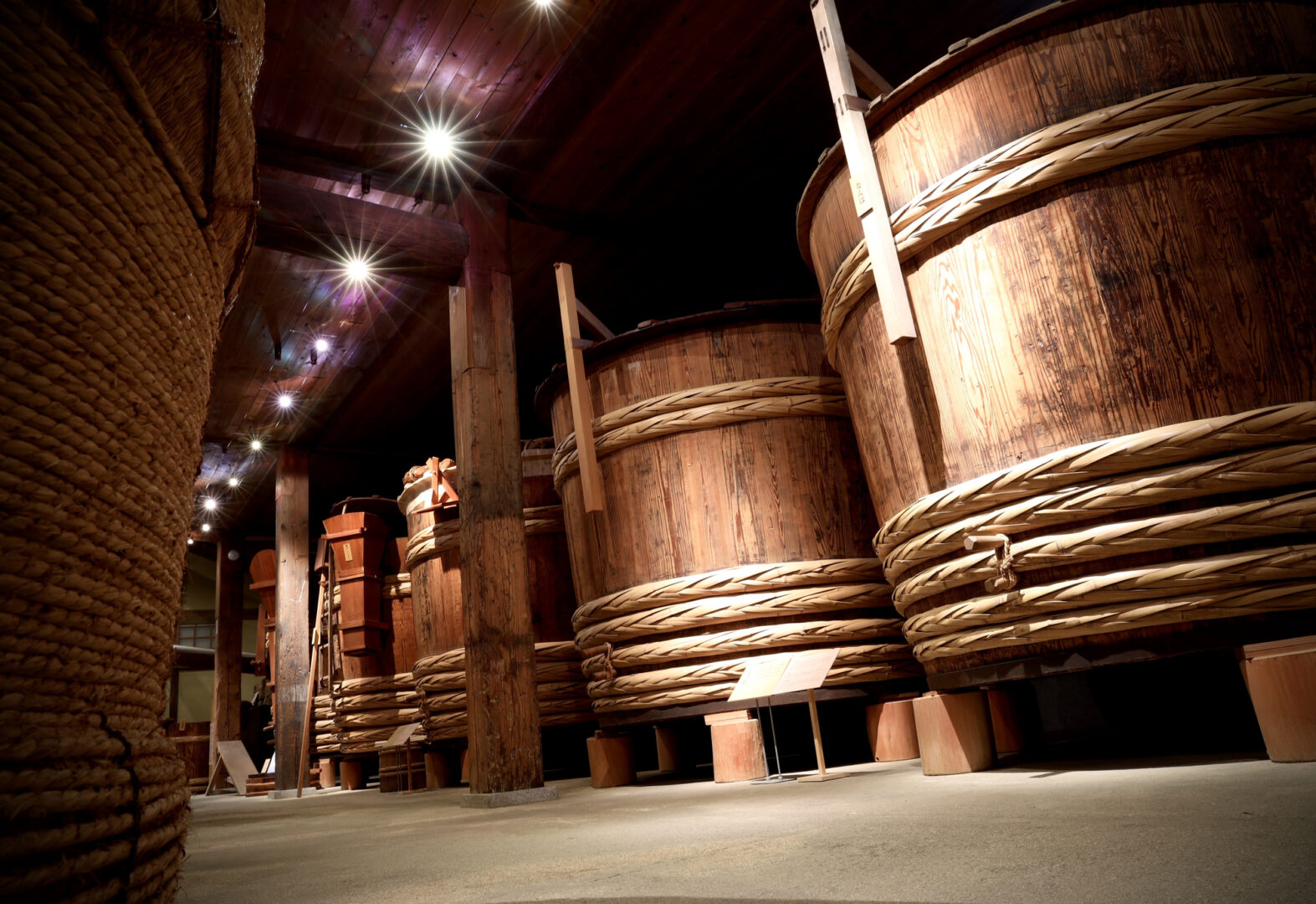
Sake, one of Japan's leading sake, is made all over Japan, but among them, Nada in Hyogo Prefecture, Fushimi in Kyoto Prefecture, and Saijo in Hiroshima Prefecture are famous as the three major Japanese sake destinations. You can not only see the scenic town where the sake breweries have taken the house, but also have a tour and tasting experience of the sake makers, and if you like sake, it is a place you would like to visit once.
Nada (Hyogo Prefecture)

Nada (Nada), located in the coastal part of the city of Nishinomiya from Kobe, Hyogo Prefecture, is a collective term for five areas called "Nada Gogo" (Nada Gogo). The use of hard water rich in minerals called "Miyamizu" for the preparation of sake makes it easy to ferment, resulting in a dry sake with a slightly strong acidity, and it is also called "Otokozake" because of its strength. There are many large sake breweries representing Japan in Nago, where you can enjoy tasting sake.
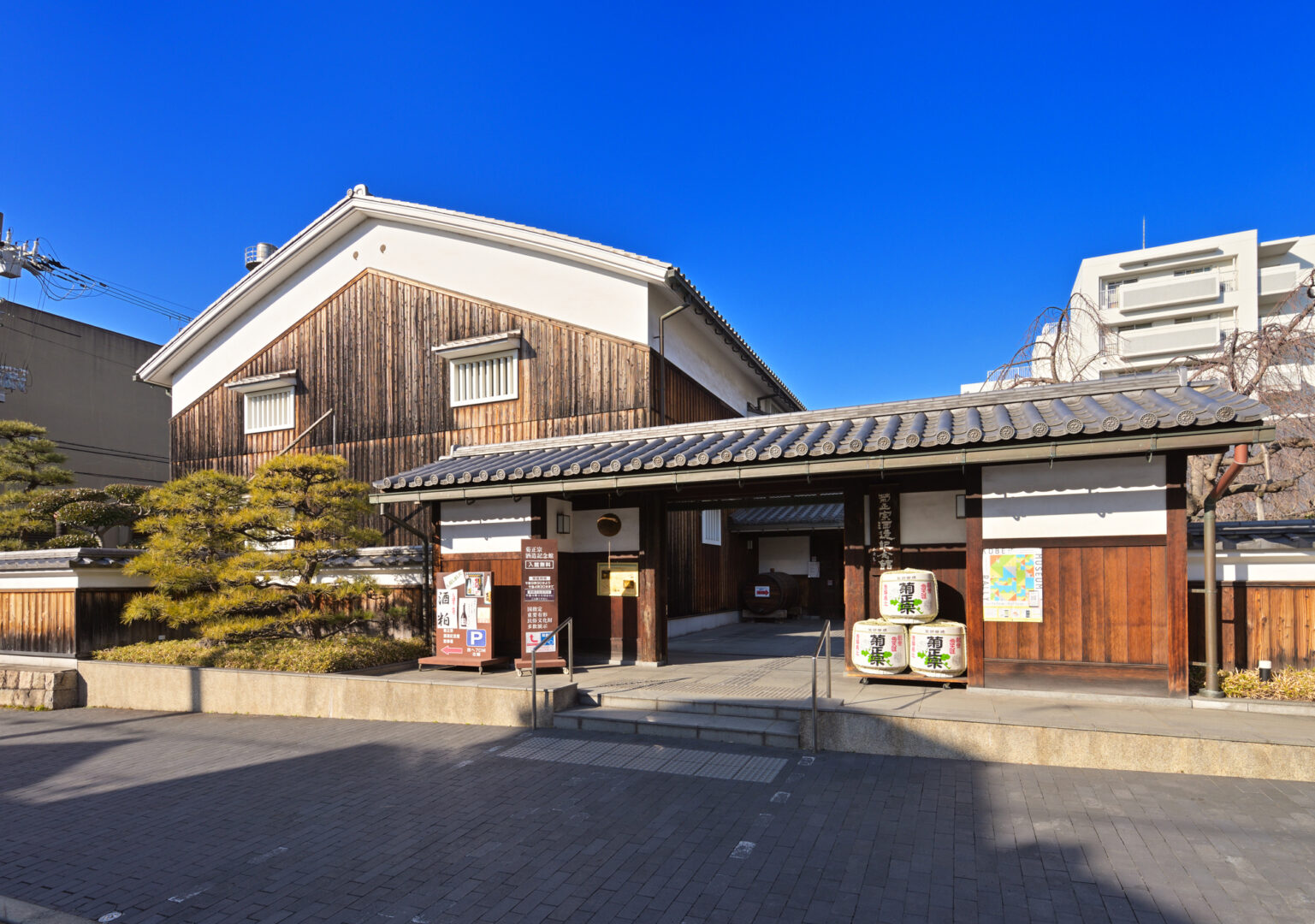
In a sake brewery located in Nago-go, through the tradition and the latest technology of sake-brewing, you can touch the origin of sake-brewing and feel the passion you have for making sake. You can tour the sake brewing equipment and stored tools of the nationally designated and important tangible folk culture, and learn about the sake brewing that has been handed down since ancient times. Tasting is also abundantly prepared, and you can enjoy fresh sake and raw sake, so you can experience it only by visiting the brewery.

Nago is also known as a locality where the production and transportation techniques of sake barrels were established during the Edo period, and along with the fact that Nada's sake is transmitted to various parts of the country, the technology has been developed. Using the high quality Yoshino cedar that can be obtained in Nara Prefecture, the barrel can be assembled without any glue or nails. By transferring the scent of Yoshino cedar to sake, sake adds depth and gives it a unique taste.
Fushimi (Kyoto Prefecture)
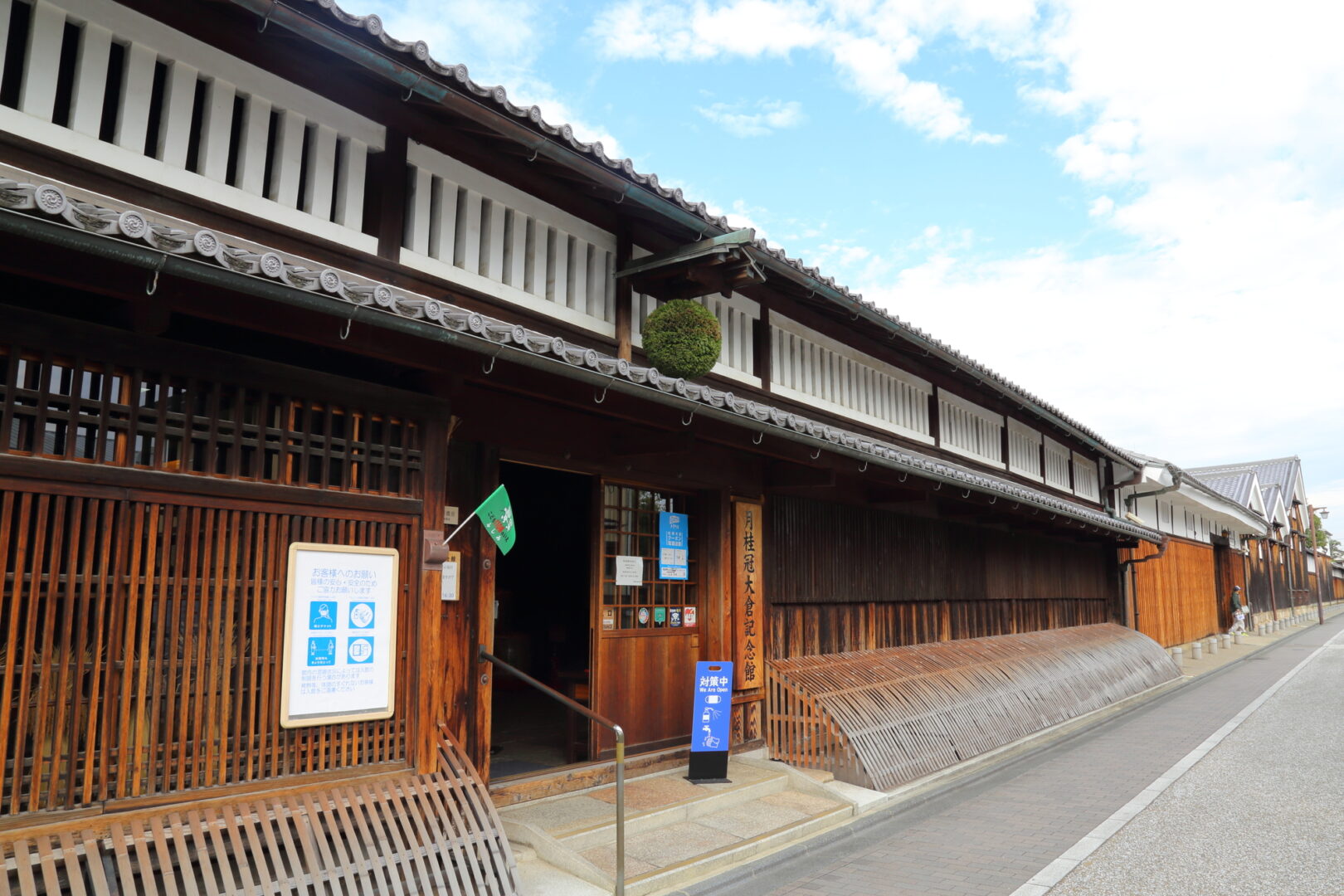
It is a land where Katsuragawa, Kamogawa, and Ujigawa join, and Fushimi, once named "Fushimi", A place of sake blessed with fine underground water. Medium hard water, which is close to soft water called "Kinmeisui" or "Gokosui", produces "Onnazake", which has a good mineral balance and is fine and smooth. A major maker of sake also ran the house, and the history of sake brewing is said to date back to the Yayoi period.
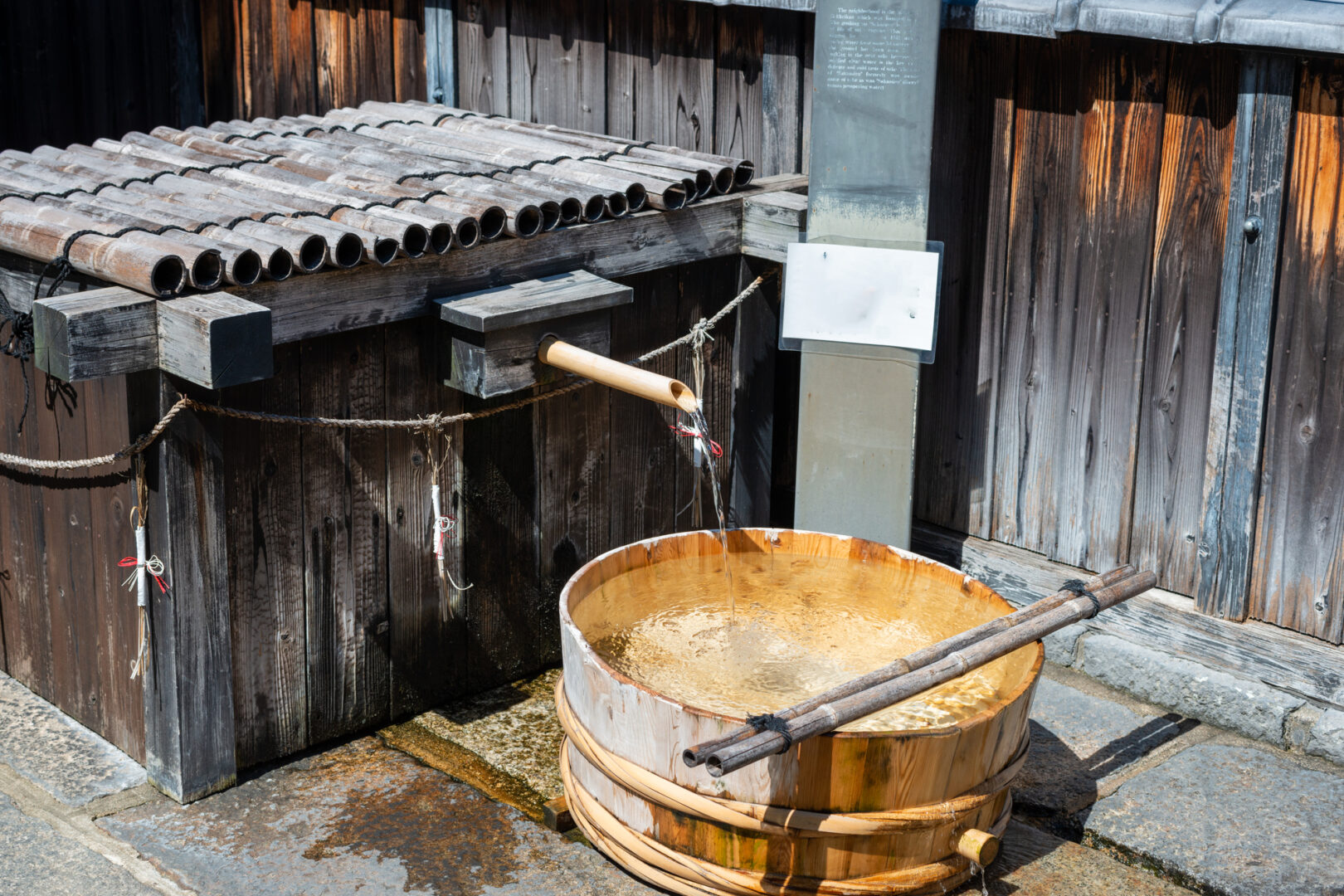
The perfume of the perfume shrine, which is the god of Fushimi, is known as a famous water that is selected as the first in the Japanese famous water class, and abundant groundwater pumped up from the same water vein is also used for sake brewing. Good quality water and rice, as well as traditional brewing methods, still produce the sake. In the sake brewery, you can sample freshly squeezed sake, nigori sake, and pure rice wine.

The spread of Fushimi's sake throughout Japan is largely due to the fact that Fushimi was a port town. Many sake breweries set up kura along the river, carrying sake by waterway far to Edo. The attraction is to be able to enjoy the atmosphere of such Edo period water transportation at Jukkokubune, which runs through the Hori River (Horikawa), which flows between sake breweries. The scenery along the river, which changes its style every season, is also beautiful, and you can enjoy a different Kyoto sightseeing.
Saijō (Hiroshima)

Saijo in Hiroshima Prefecture is a town known as a sake spot along with Nada and Fushimi. It is located in a plateau basin with a high altitude, and is suitable for cultivation of sake rice with a large temperature difference, and is said to have started sake brewing in 1675 on a land blessed with abundant and good quality medium-hard groundwater.

There is a great reason why Saijo became one of the three major localities in the technical innovations of the Meiji era. The "soft-water brewing method" developed by Miura Senzaburō in the Meiji era was a method capable of mass-producing high-quality sake, which could not be done with the "hard-water brewing method" that had been mainstream until then. With the use of this technology, the sake brewing of Saijo has developed dramatically.
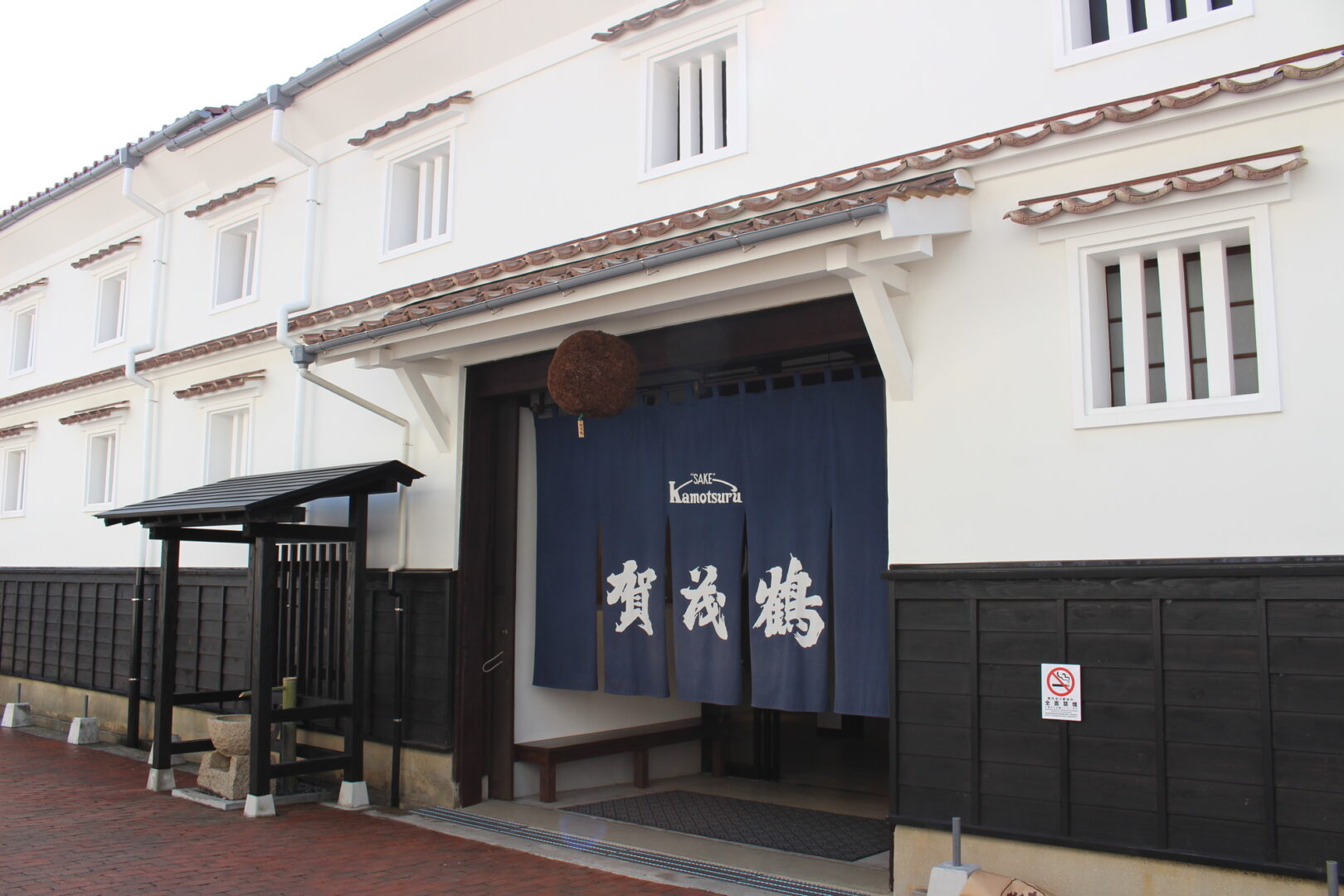
Not only are famous sake breweries lined up on Sakura Street, but there is also the "Liquor Research Institute", the only Japanese institution of sake, which conducts the latest research on sake. Every October, the "Sake Festival" is held in the town, which attracts more than 200,000 people from Japan and abroad, and the town is filled with the scent of sake.


